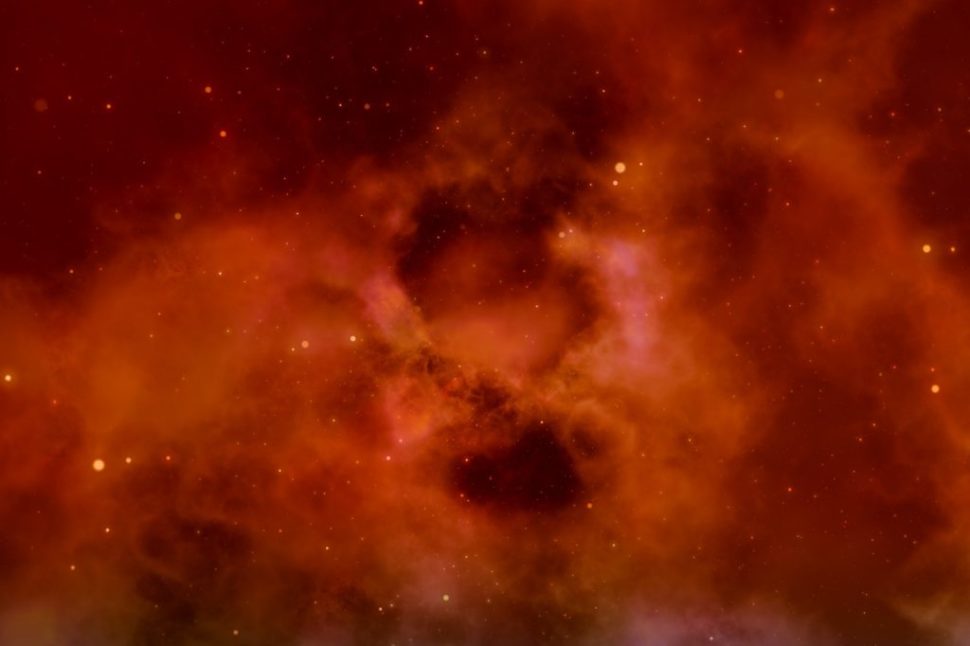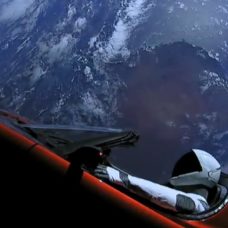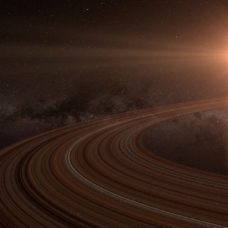Scientists were recently able to collect remains of ancient interstellar dust from our atmosphere that is believed to be older than our Solar System.
An international team of researchers has collected interstellar dust found to be older than our Solar System. The cosmic dust, which was initially deposited by comets, was taken from the Earth’s upper atmosphere. This new finding holds significant clues about how planets and stars were formed from the very beginning of our Universe.
According to the study, published by the researchers in the journal Proceedings of the National Academy of Sciences, the ancient particles are estimated to be older than the Sun itself. The study suggests that the cosmic dust has been around for about 4.6 billion years and has traveled across the incredible vastness of space.
“Our observations suggest that these exotic grains represent surviving pre-solar interstellar dust that formed the very building blocks of planets and stars,” Hope Ishii, lead researcher of the team from the University of Hawaii in Moana, said.
Read More: Extremophiles in our Stratosphere Might be key to Discovering Alien Life
“If we have at our fingertips the starting materials of planet formation from 4.6 billion years ago, that is thrilling and makes possible a deeper understanding of the processes that formed and have since altered them.”
The researchers reportedly embedded the tiny glassy grains called GEMS (glass with embedded metal and sulfides) taken from the interstellar dust in an epoxy that they cut into thin slices. By utilizing transmission electron microscopy at the Molecular Foundry, the team of researchers was able to map the element distributions of the glassy grains.
It was found that the grains are primarily made up of subgrains that were combined in a different environment before the formation of the comet. The nanoscale GEMS subgrains are held together by dense organic carbon.
“The presence of specific types of organic carbon in both the inner and outer regions of the particles suggests the formation process occurred entirely at low temperatures,” Jim Ciston, a staff scientist at the Molecular Foundry, said.
“Therefore, these interplanetary dust particles survived from the time before the formation of the planetary bodies in the solar system, and provide insight into the chemistry of those ancient building blocks.”
Because it is still quite early to draw any conclusion about what transpired in our star system billions of years ago from the interstellar dust, the researchers are planning to conduct further studies regarding them.



















Comments (0)
Most Recent